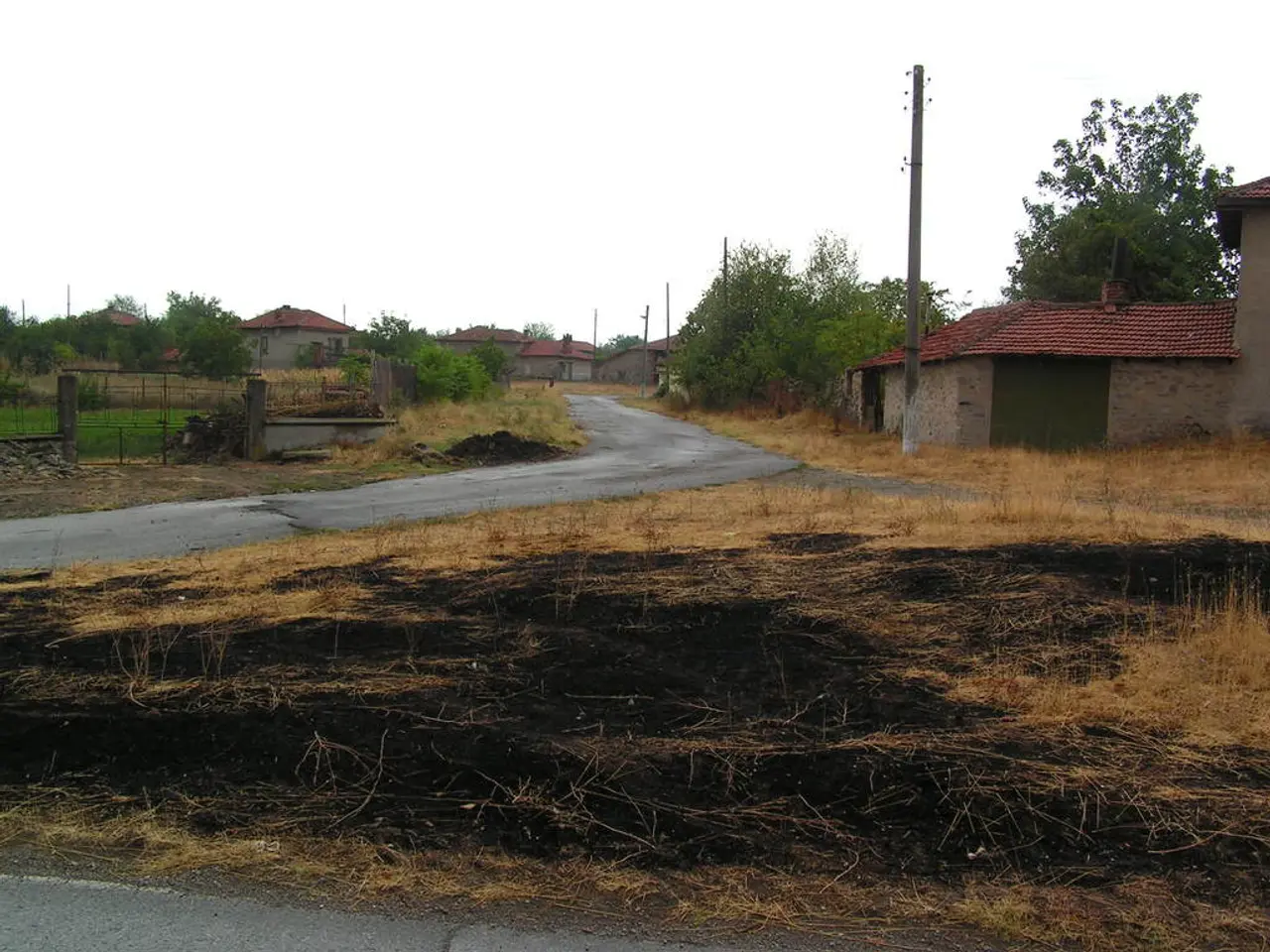Method for Assessing Risk Value (Risk Value) in Financial Asset Collections
Value at Risk (VaR) is a widely used tool in the financial industry, providing a single number that represents the potential loss an asset, portfolio, or firm might experience over a given period of time. This measure is expressed as a percentage or in price units and is easily interpreted by professionals.
VaR is particularly useful for investment and commercial banks, helping risk managers understand the probabilities and extents of potential losses in portfolios, specific positions, or an entire firm. It serves as a crucial tool for managing risk and making informed decisions.
There are six main methods for calculating VaR:
1. Parametric (Variance-Covariance) VaR
This method assumes that portfolio returns (or risk factors) follow a normal distribution. It uses the variance-covariance matrix of returns to calculate portfolio standard deviation. VaR is computed as a multiple of the portfolio standard deviation by the z-score corresponding to the desired confidence level. While computationally simple and effective for linear portfolios with normally distributed returns, it may underestimate risk in portfolios exposed to fat tails or nonlinear instruments.
2. Historical Simulation VaR
Unlike the parametric approach, historical simulation does not assume any return distribution shape. Instead, it revalues the current portfolio under actual historical market scenarios. Using historical returns data, it creates a loss distribution, and the VaR estimate is the percentile of losses at the chosen confidence level. This method naturally captures fat tails and correlations present in historical data but is heavily dependent on the historical data window used and may fail to capture future shocks not present historically.
3. Monte Carlo Simulation VaR
The Monte Carlo method simulates thousands of possible future price paths and portfolio values by randomly sampling from a specified distribution of returns (often assumed normal or other). VaR is determined from the simulated loss distribution. This method is flexible and can model non-linear payoffs, but it is computationally intensive and depends on assumptions about return distributions.
4. Filtered Historical Simulation (FHS)
Filtered Historical Simulation combines GARCH volatility models with historical simulation. It filters historical returns using GARCH models to account for changing volatility, then applies historical simulation on these filtered returns. This approach addresses some limitations of pure historical simulation by incorporating volatility dynamics.
5. GARCH-based VaR (Parametric with fat tails)
GARCH-based VaR utilizes Generalized Autoregressive Conditional Heteroskedasticity (GARCH) models to model changing volatility. It assumes returns follow a fat-tailed distribution such as Student-t rather than normal distribution. This method better captures volatility clustering and heavy tails than basic parametric VaR.
6. Expectile-based VaR (EVaR)
Expectile-based VaR is a more recent approach that uses expectiles (related to quantiles but based on asymmetric least squares). It has been empirically shown to outperform traditional VaR methods in forecasting accuracy across various confidence levels and effectively captures tail risks.
Each of these methods balances trade-offs between computational simplicity, distributional assumptions, ability to capture nonlinearities or tail risks, and reliance on historical data. Choosing a method depends on the portfolio complexity, data availability, and risk management objectives.
It is essential to note that VaR calculations often underestimated the risk of subprime mortgage portfolios during the 2008 financial crisis, highlighting the importance of understanding the limitations and appropriate applications of these methods.
[1] C. R. Hull, Options, Futures, and Other Derivatives (10th ed.), Pearson Education, 2018. [2] R. S. Pindyck and D. E. Rubinfeld, Microeconomics (8th ed.), McGraw-Hill Education, 2018. [4] S. J. Gourieroux, F. Monfort, and D. J. Obloj, "Risk Measures and Value at Risk," Annual Review of Economics, vol. 1, pp. 411–435, 2009.
- The financial industry often uses Value at Risk (VaR) for managing risk in business, investment, and commercial banking, as it offers a clear representation of potential losses over a specific period.
- GARCH-based VaR is a method that utilizes Generalized Autoregressive Conditional Heteroskedasticity (GARCH) models to account for changing volatility and better capture volatility clustering and heavy tails than basic parametric VaR.
- Each method for calculating VaR, such as the Monte Carlo Simulation or the Filtered Historical Simulation, balances trade-offs between computational simplicity, distributional assumptions, ability to capture nonlinearities or tail risks, and reliance on historical data.
- Investors and risk managers can use Initial Coin Offerings (ICOs), Initial Exchange Offerings (IEOs), and Decentralized Autonomous Organizations (DAOs) to invest in digital assets like Non-Fungible Tokens (NFTs) and build DeFi protocols for trading and finance.
- The Crypto market is evolving with increasing interest in Initial De centralized Offerings (IDOs), a more recent and democratic approach to fund projects, empowering investors through community-driven decisions.
- The understanding of Value at Risk (VaR) and the use of various methods for its calculation, such as expectile-based VaR, are crucial for making informed decisions in crypto trading, Defi finance, and overall crypto investment business.




